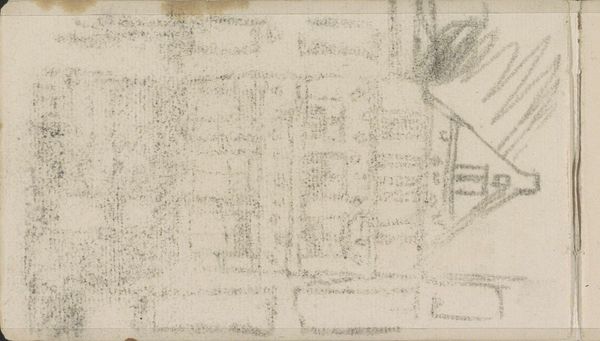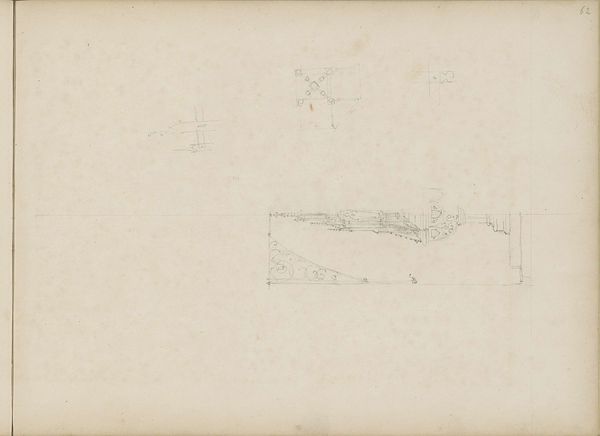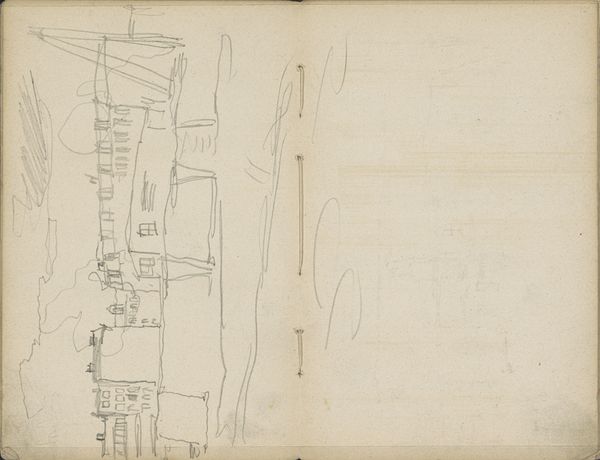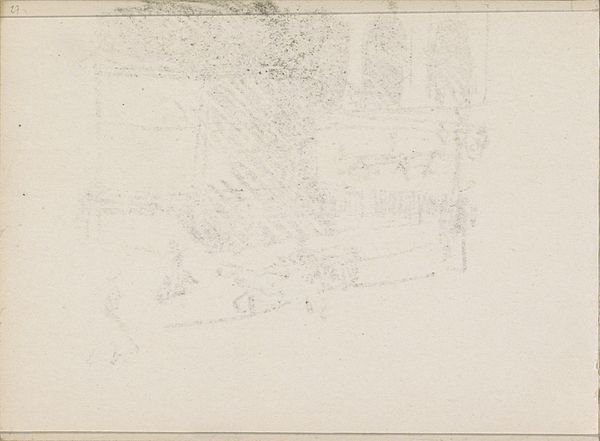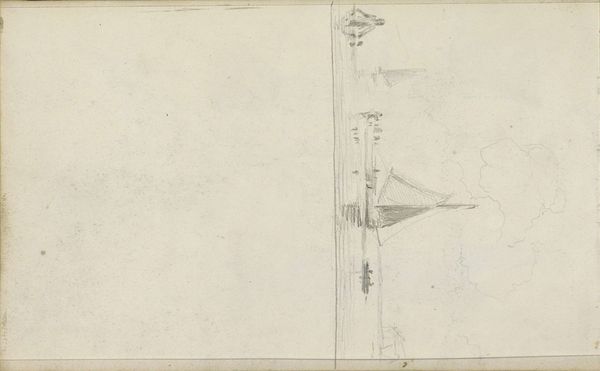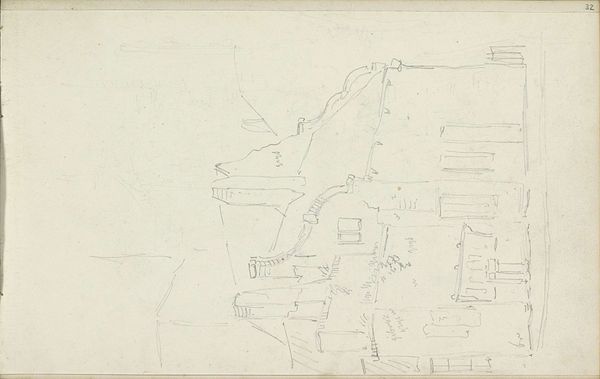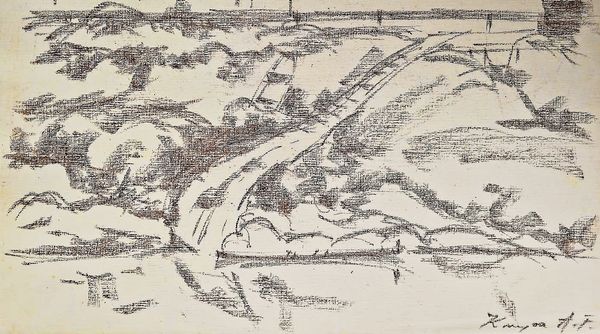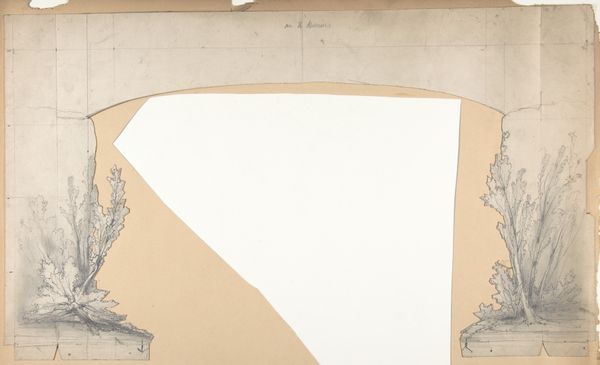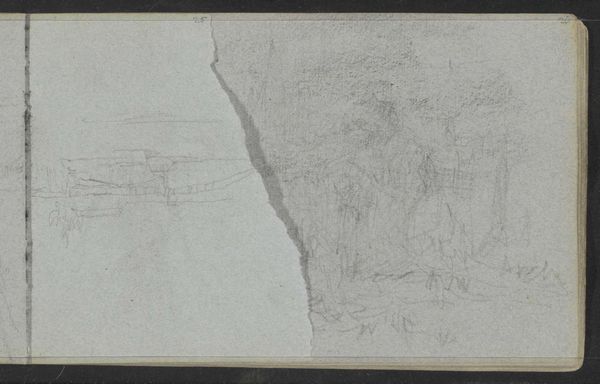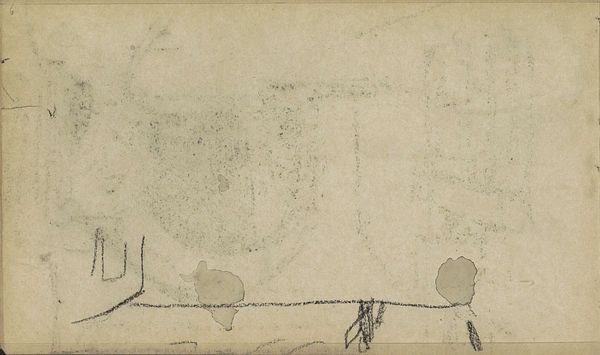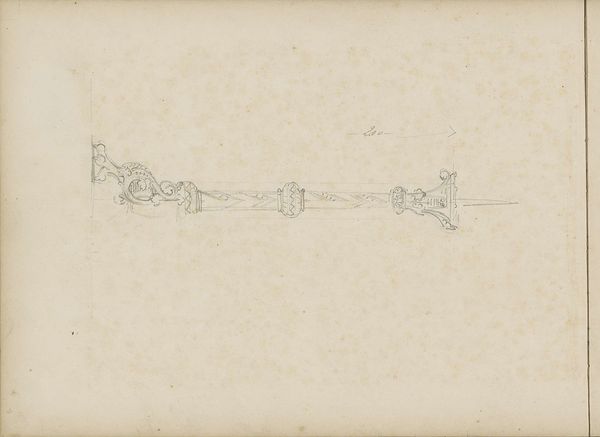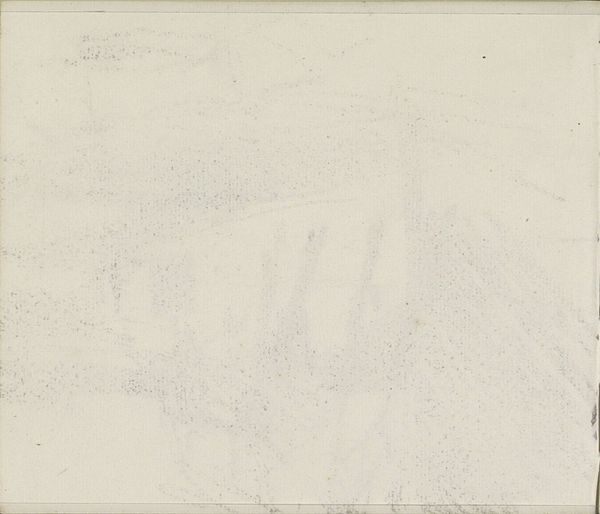
drawing, print, watercolor
#
drawing
#
water colours
# print
#
landscape
#
watercolor
#
academic-art
Copyright: Public Domain
Eugène Cicéri's "Design for a Stage Set," now at the Met, is rendered with graphite on paper, a stark contrast to the elaborate spectacle it envisions. The visible grid lines speak to the work's purpose: a precise blueprint. In 19th-century theater, such drawings were essential for translating artistic vision into a constructed reality. Think of the skilled labor required: carpenters building the set, painters creating illusions of depth and atmosphere, all guided by this seemingly simple design. The boats with figures along the top suggest a narrative, a specific play or opera requiring this backdrop. Stage design wasn't just decoration, it was integral to storytelling, influencing the audience's experience. By considering the labor and process embedded in this drawing, we see how it bridges the worlds of art, craft, and industrial production.
Comments
No comments
Be the first to comment and join the conversation on the ultimate creative platform.
